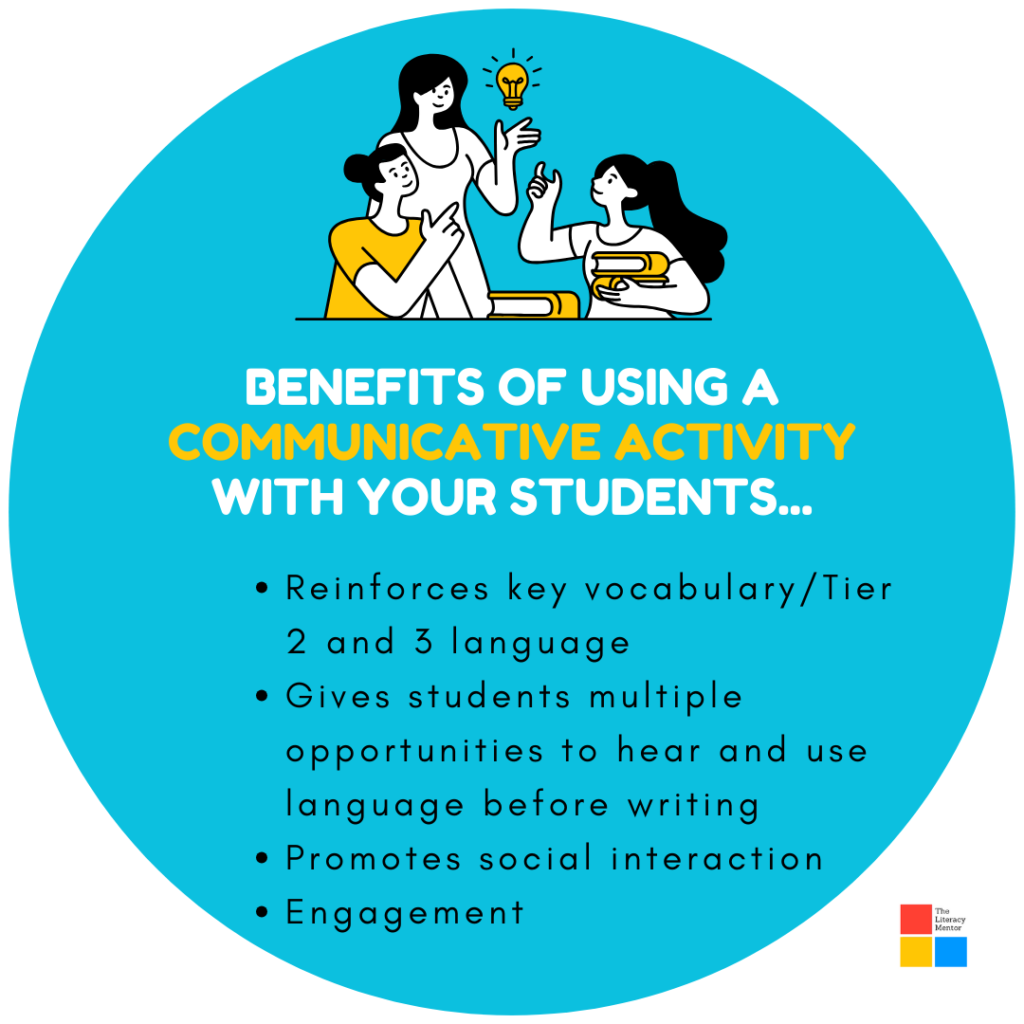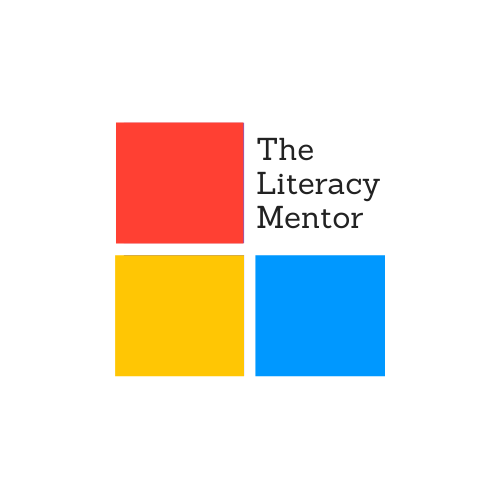Communicative strategies are strategies that are encourage students to actively use the targeted language/vocabulary in the classroom. This language is vitally important for all students are they encounter new subject specific language (Tier 3 language) and language across multiple subject areas (Tier 2 language) outside of their normal repertoire.
In addition, communicative strategies are vital for second language learners (EFL,ELL,EAL/D). For such learners basic conversational English (Basic Interpersonal Communication Skills -BICS) is typically acquired within the first 2 years of learning English. However, the development of academic language required to succeed in the school context, known as Cognitive Academic Language Proficiency (CALP) , can take up to 7 years or more for language learners with support (Cummins 2008).
By incorporating collaborative and communicative strategies that require students to use the targeted language, students are given multiple opportunities to hear and use the targeted vocabulary before they are expected to write using the targeted vocabulary.
Some of my favourite communicative strategies include:
- Find someone who …
- Communicative cloze
- Topic overview
- Progressive brainstorm
- ABC brainstorming
- Collaborative crossword
- Divergent to convergent thinking
- Scattergories
Looking for add more communicative and effective literacy strategies to your classroom? Keep an eye out for my new series of Secondary Literacy Strategies “20+ Literacy Strategies” . Each teacher resource will be targeted for a specific subject area and grades. ENGLISH Year 7-9 will be coming soon!

References:
Cummins J (2008) ‘BICS and CALP: Empirical and Theoretical Status of the Distinction’, in Street B and Hornberger NH (eds) Encyclopedia of Language and Education, 2nd Edition, Volume 2: Literacy, Springer Science + Business Media LLC, New York, doi:10.1007/978-0-387-30424-3_36.
